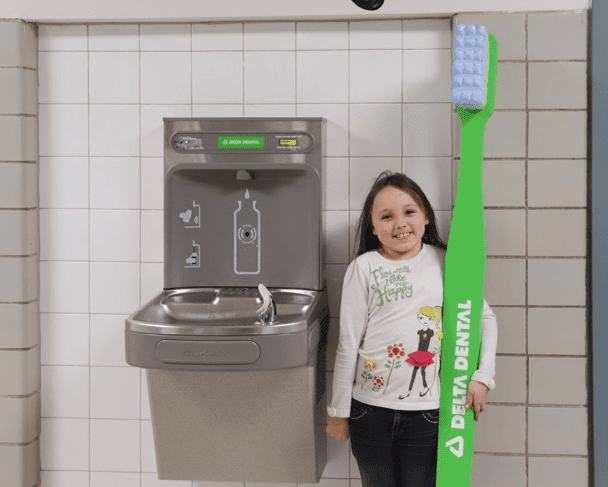
Wisdom teeth – a third set of molars in the back of your mouth – usually appear between ages 17 and 25. Some people have them taken out, while others never have the need. In fact, about 5 million Americans have theirs removed in the course of a year.
Wisdom teeth are usually extracted because:
- They’re causing gum infections.
- They’re growing in at the wrong angle and damaging other teeth.
- The jaw doesn’t have room for them to completely erupt.
- They’re causing pain.
- Cavities or gum disease have developed.
Wisdom tooth extraction is usually performed as an outpatient operation, so you can go home the same day. Your dentist or oral surgeon will use a local anesthetic to numb the areas around the tooth or teeth to be extracted, and you’ll often be offered sedation so you are more comfortable during the procedure.
Take proper care with these three steps that can decrease post-surgery complications!
1. Prevent dry sockets.
Dry sockets occur after as many as 5% of tooth extractions. They are most common in wisdom tooth extraction sites on the lower jaw. A dry socket happens when a blood clot doesn’t form properly at the site of the extraction or dislodges before the area is healed. Symptoms show up a couple of days after surgery and include pain in the extraction site that may spread to the ear, cause bad breath, and leave a bad taste in your mouth.
Avoid strenuously rinsing your mouth for 24 hours after surgery. If you are a smoker, don’t smoke for at least 48 hours to aid the healing process and lessen the chance of dislodging a blood clot. Now is a good time to think about quitting a habit that contributes to multiple serious health problems, including oral cancers and gum disease. Ask your dentist or physician for assistance with quitting.
2. Watch what you eat and drink.
For at least 24 hours after surgery, eat small bites of soft foods that require little chewing, like eggs and applesauce. If you eat soup, make sure it’s not too hot. Avoid hard, crunchy or sticky foods that can irritate the area that is healing. Stay hydrated by sipping water without a straw. Sucking through a straw can dislodge healthy blood clots and cause dry sockets.
Proper hygiene is also important. You can gently brush your teeth, even those close to the extraction site, to decrease the quantity of bacteria present in the area. Lightly rinse with warm saltwater to help remove food debris from packing into the open socket and to help keep the mouth clean.
3. Treat your discomfort.
Expect to experience some soreness after surgery. To help ease your discomfort:
- Make sure to follow your dentist’s recommendations concerning activity, food, drink and pain medication.
- Use an ice pack to decrease swelling.
- Switch to moist heat after 36 hours. Microwave a wet towel and wrap it around a hot water bottle or heat pack.
- Gently open and close your mouth to exercise your jaw.
- Be sure to get enough rest.
You will likely recover from wisdom teeth removal in a week or less. However, the spot where your tooth was removed will heal and fill in with new bone for the next few months. If you experience any continuing pain, follow up with your dentist right away.


![A young girl plays a horn instrument.]](https://deltadentalwiblog.com/wp-content/uploads/2020/01/DDWI-1-2.png)




